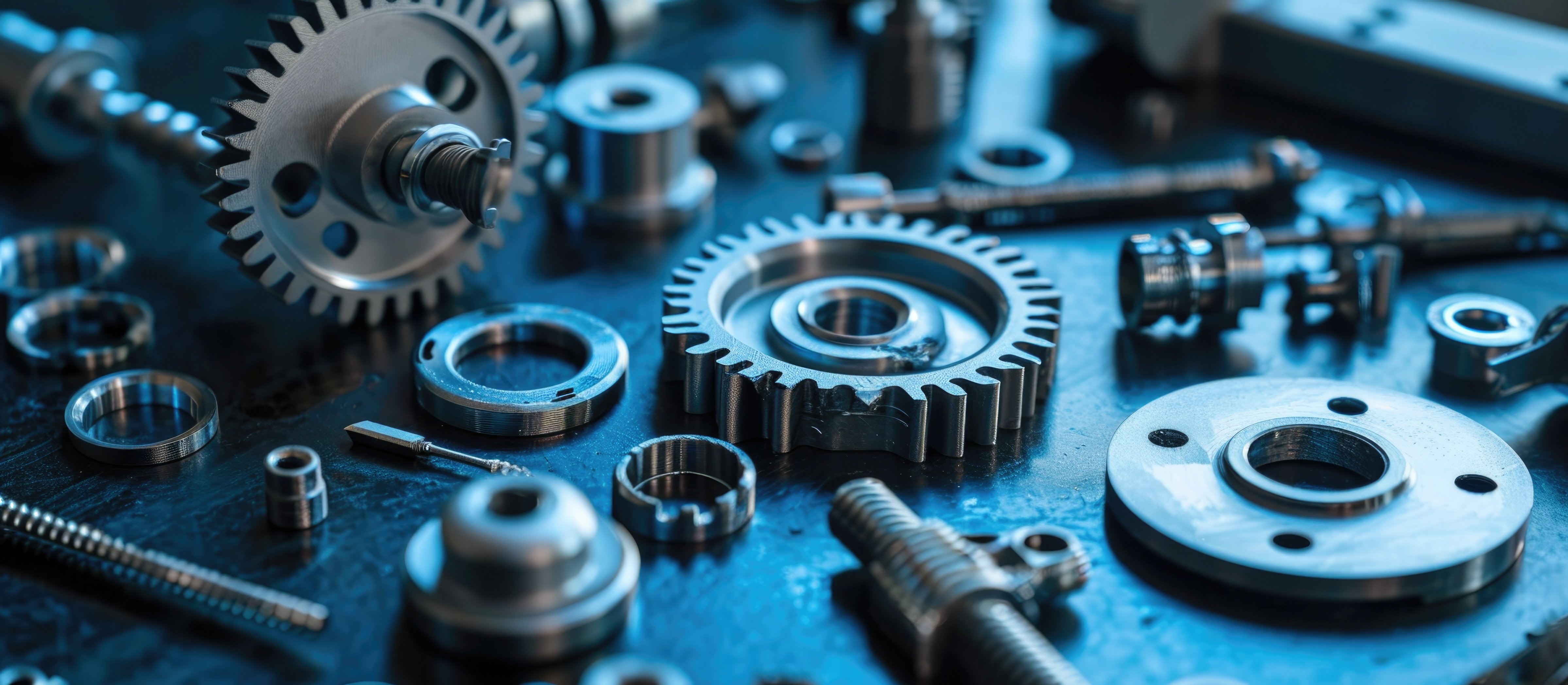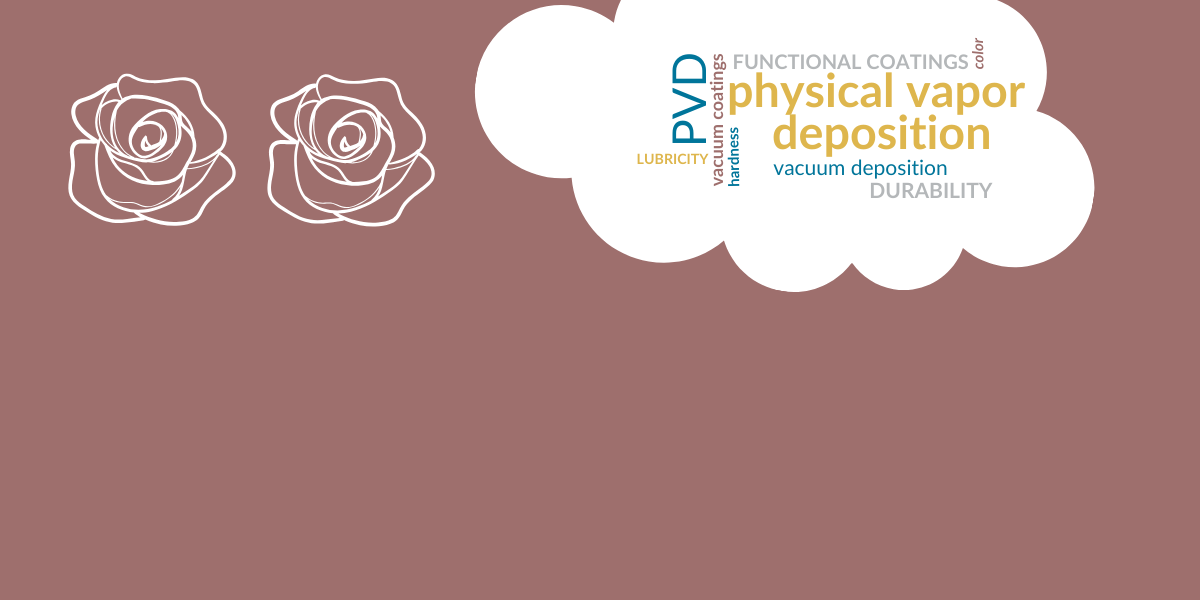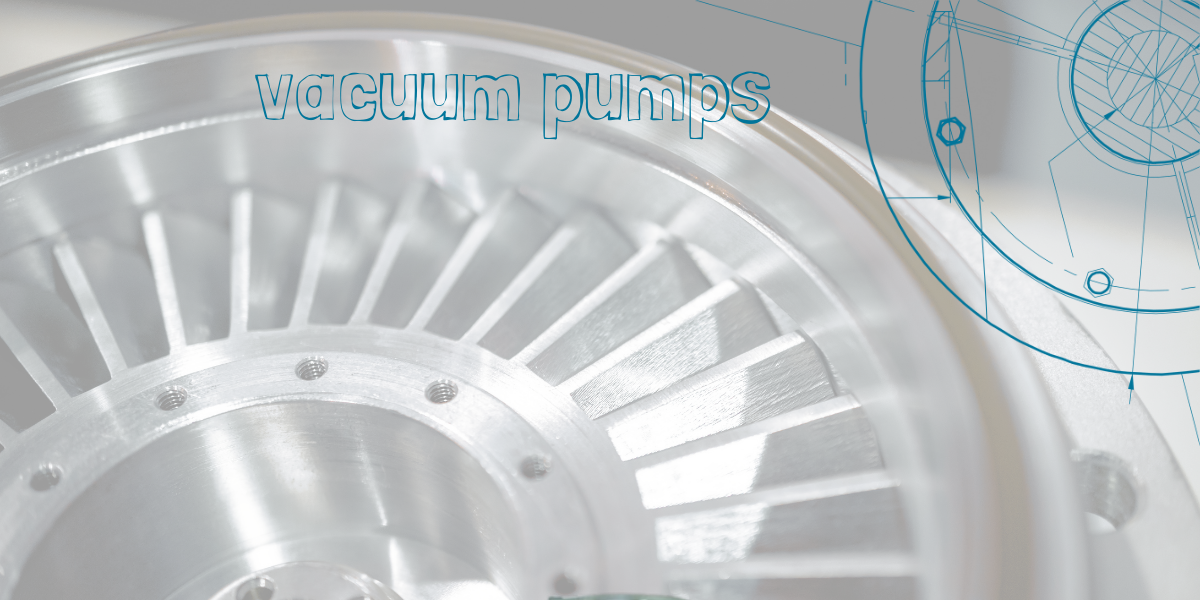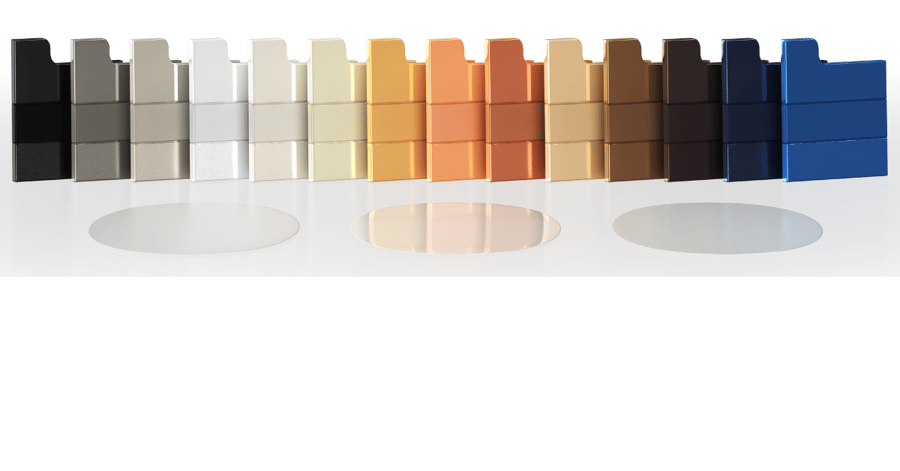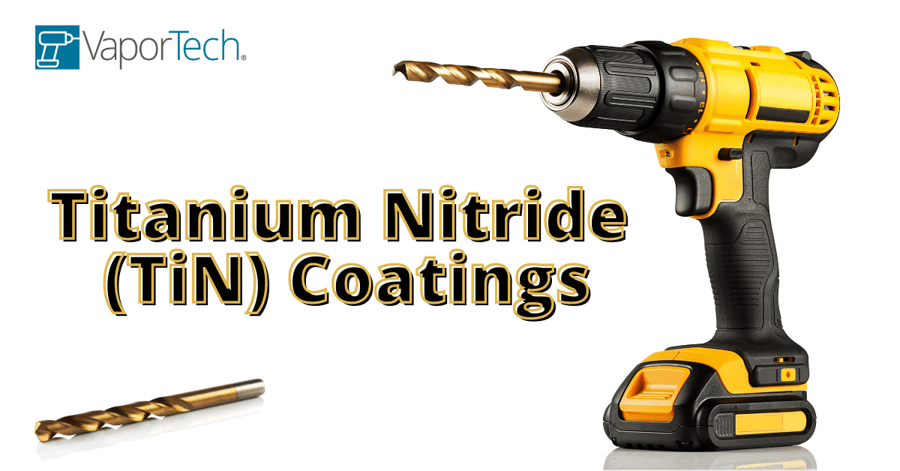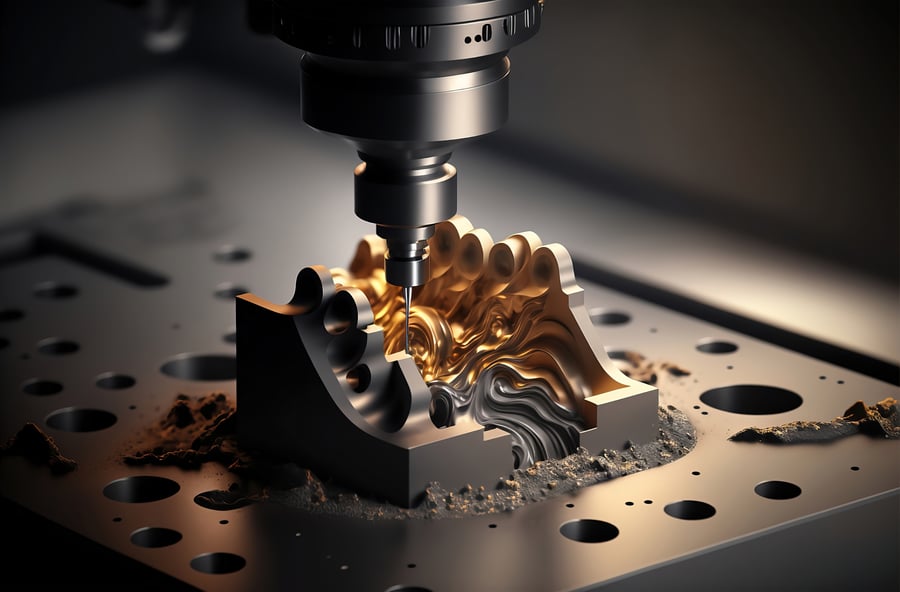Chrome PVD Coating: an Alternative to Hexavalent Chrome Plating
Chromium’s mirror finish will never go out of style. The opposite seems to be true. As some in the industry predict, "chrome is the new brass,” this is the perfect time for PVD chromium (Cr) and chromium nitride (CrN) to become the new chrome.
The hexavalent chromium plating process introduces toxic acids and is highly regulated.
Traditional chrome plating involves exposing parts to chromium baths that contain chromium trioxide (hex-chrome) and sulfuric acid. Unfortunately, hexavalent chromium and concentrated acids are toxic and highly regulated to protect worker safety and the environment. These regulations require manufacturers to maintain extensive safety controls and, in many countries, require extensive permitting to expand operations.
Manufacturers seek alternatives to avoid environmental impact, improve worker safety, and reduce costs. That’s where physical vapor deposition (PVD) coatings come in. The PVD process can provide a simple, reliable coating alternative that is beautiful, durable, and safe.
PVD can deposit a durable/decorative, pure chromium coating. Adding elements such as nitrogen can produce even more durable chrome alternatives such as chromium nitride (CrN), greatly improving performance in high-wear applications.
Have questions about chrome PVD Coating as an alternative to industrial chrome plating? Contact us today!
Chromium PVD coating vs. electroplating
To create the best chrome-alternative process for the industry, we conducted experiments testing our VaporTech® chromium PVD coating against chrome electroplating. A range of coated sample steel plates was evaluated after exposure to the same elemental profiling. These samples differed in chrome application (hexavalent chrome electroplating vs. VaporTech PVD) and their nickel undercoats. Some PVD samples received base layers of pure chromium (Cr), while others received chromium nitride (CrN) at the beginning of the deposition process run. Our findings:
- Color is virtually identical.
- Equivalent hardness to chrome (1,000 Vickers) with options to further improve surface hardness (up to 2,200 Vickers).
- Equivalent or better abrasion resistance.
- Custom coatings can be designed to meet specific hardness, durability, and corrosion resistance specifications.
- 30%+ improvement in wear resistance is possible with a harder chromium nitride base layer (see chart).
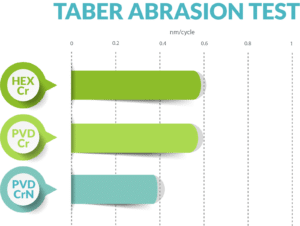
How does chromium PVD coating work?
People familiar with the plating process may not be familiar with the work necessary to use a PVD coating machine, but it’s not a complicated process:
- Stage your parts for coating.
- Send the parts through a cleaning process to remove any oils or debris.
- Dry the parts to remove any liquid.
- Load the parts onto racks.
- Load the racks into the chamber.
- 6. Select the custom chromium surface coating recipe from the touch screen.
- Close the chamber door and push the “Start” button.
- Receive notification that the finishing process is complete.
- Remove parts, inspect, and send to finished goods or final assembly.
- Open the (chamber) door to other functional, durable, and colorful coatings.
With a PVD coating system in place, you've selected a more environmentally friendly option and added the capability to deposit a variety of decorative and functional finishes for a broad range of parts and products. Vapor Technologies, Inc. manufactures PVD, PECVD (plasma-enhanced chemical vapor deposition), and DLC (diamond-like carbon) coating systems, and you can use the same machine for multiple coating types.
Interested in more information?
Please click the "Contact Us" button, and we'll reply promptly!


